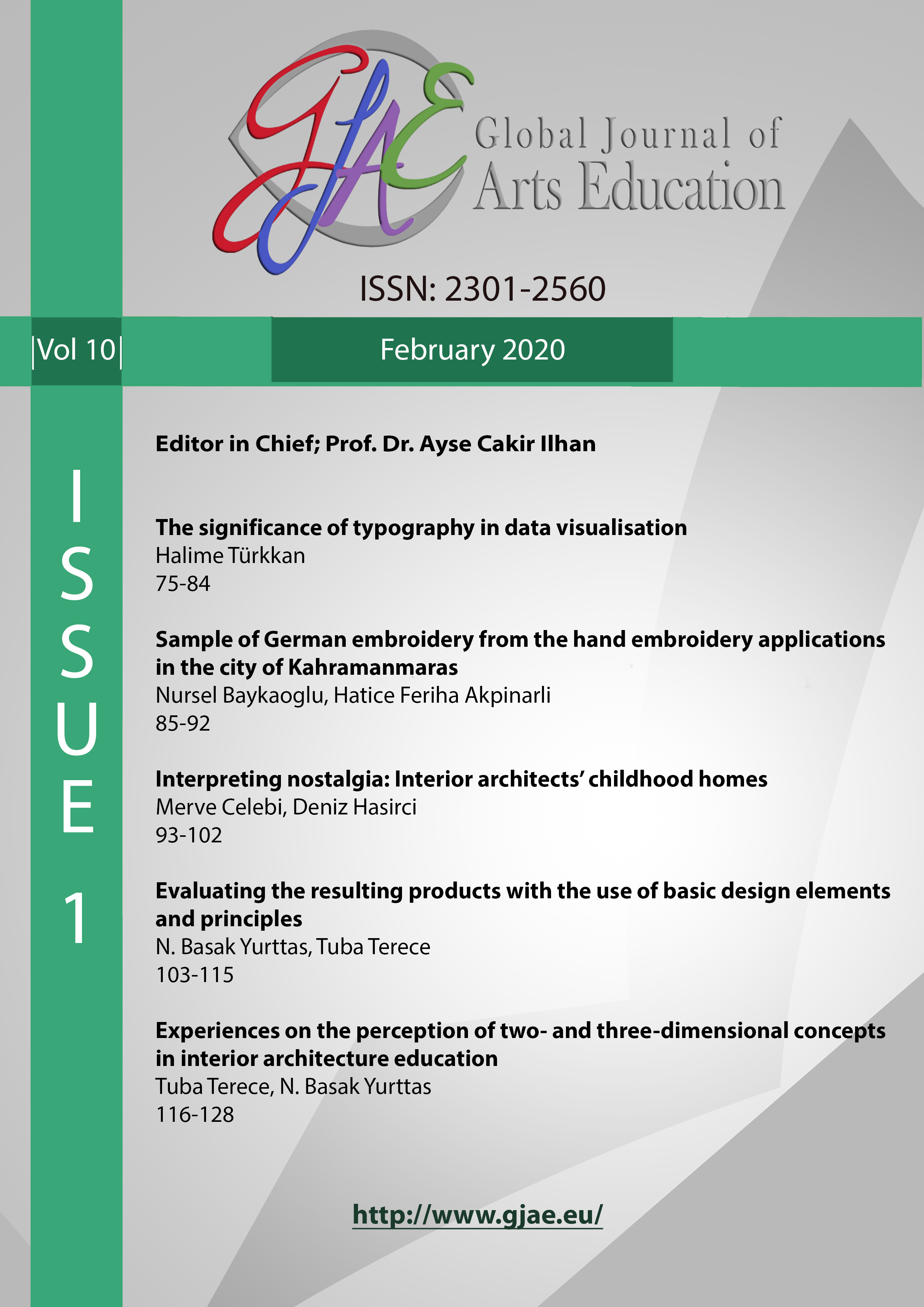Childhood homes of interior architects in Turkey
Main Article Content
Abstract
The design of home interiors is important for an individual, especially in childhood, when one’s character and psychological development is in progress. In this study, the aim is to explore the social and physical aspects of childhood homes of interior architects and their effects on their professional lives, and to understand the possible reflections of these special places on their current designs. Within this framework, the study was conducted with eight internationally recognised Turkish interior architects, with online interviews and sketchbooks, depending on the memories of the participants’ childhood homes, and data were obtained regarding the interpretation of these special places, as well as their influence on their current design approaches and productions. Findings included understanding which aspects of the participants’ homes were conveyed to their current productions in terms of preferences, approach and style. The results have implications on the interior architecture profession as well as interior architecture education.
Keywords: Childhood home environment, Turkish interior architects.
Downloads
Article Details

This work is licensed under a Creative Commons Attribution 4.0 International License.
Authors who publish with this journal agree to the following terms:
- Authors retain copyright and grant the journal right of first publication with the work simultaneously licensed under a Creative Commons Attribution License that allows others to share the work with an acknowledgement of the work's authorship and initial publication in this journal.
- Authors are able to enter into separate, additional contractual arrangements for the non-exclusive distribution of the journal's published version of the work (e.g., post it to an institutional repository or publish it in a book), with an acknowledgement of its initial publication in this journal.
- Authors are permitted and encouraged to post their work online (e.g., in institutional repositories or on their website) prior to and during the submission process, as it can lead to productive exchanges, as well as earlier and greater citation of published work (See The Effect of Open Access).

